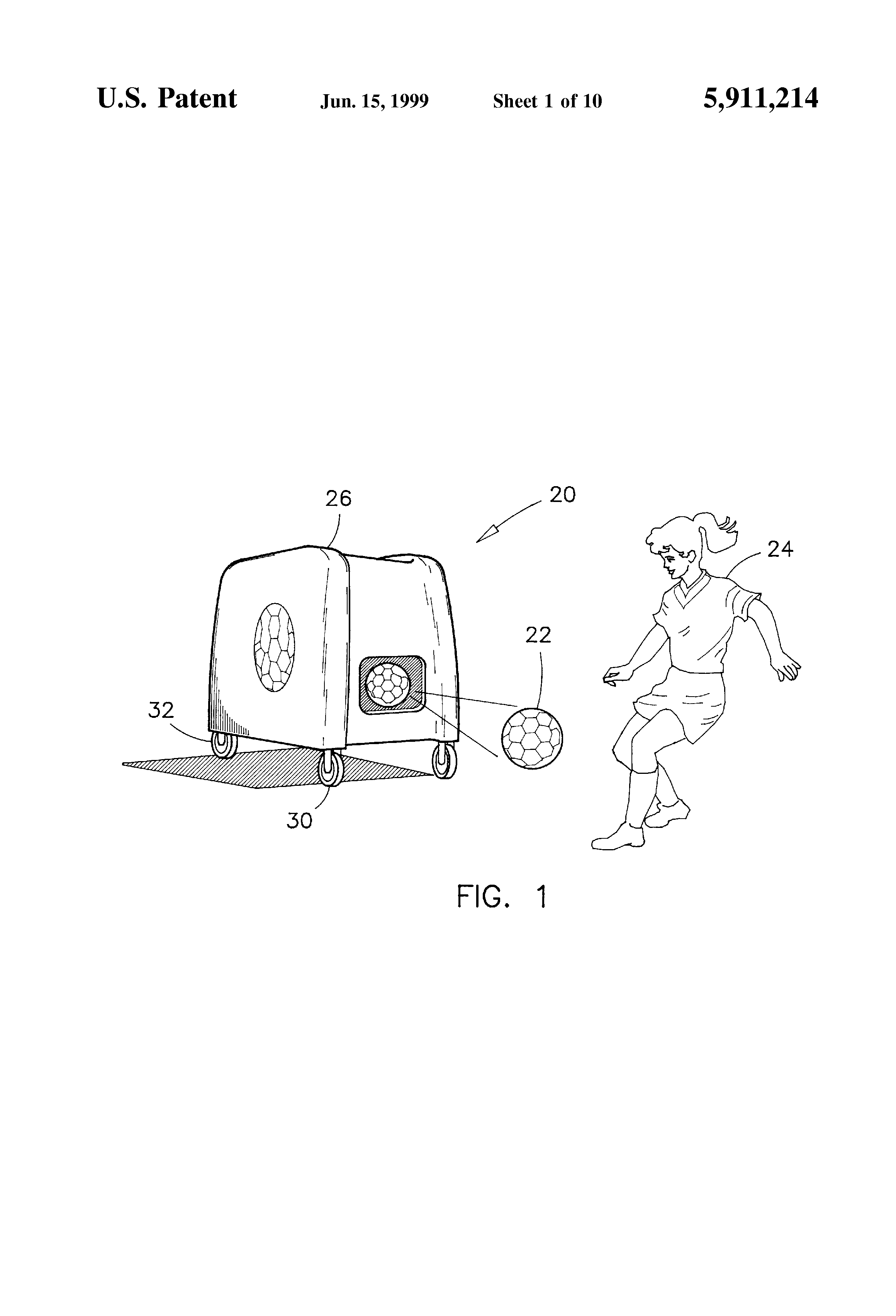
The father of a St. Thomas University student-athlete has engineered and patented a practice-machine to advance soccer-player performance that is almost ready for marketing.
Alan Andrews from Charlottetown, Prince Edward Island, and the father of Tommies women’s rugby player Bailey Andrews has noticed a problem with soccer.
“We have a belief that the game of soccer is played in the air a lot,” said Andrews. “There is too much passing along the ground all the time. There is not much training (in the air), we would like to change that.”
Andrews has coached for 38 years and about 20-years-ago while coaching games and practices he felt there were better ways to train soccer players. “Something was needed,” he said.
In the ‘80s and ‘90s Andrews led a successful soccer team called the Ajax. During this time he felt they reached a skill level they could not surpass without the help of advanced training techniques.
At the time Andrews could not find a machine that would help supersede his team’s skills so he decided to build one. This is when Precision Soccer was first concieved.
The Precision Soccer machine holds up to 18 balls. It swivels and tilts using smart-screen technology and can reconfigure its course of travel to match the same flight trajectory of the soccer players.
The automated system will shoot a ball at all angles, speed, and height. It gives athletes a, “jump-in ability to get the game back in the air where players can occupy the ball for a few seconds,” said Andrews.
“The machines is designed for many purposes and for every person on the field. Basically any game situation you can envision we can deliver; passing, kicking, set-plays and goal-tending,” says Andrews.
Mentor of the project Alan Brown says Precision Soccer is a, “Tool-machine that coaches can use to improve coaching ability. It’s technology and intelligence today that most kids are expecting.”
“If you look at (most) sports they use computers and studies which are lacking in soccer. It’s a giant leap in training high quality soccer players,” said Brown.
The machine is designed to accommodate all skill levels. It can be adjusted for those with injuries and can distinguish between players who need more time to recuperate, with those who are ready to return to the field.
“It brings control and safety to the game,” said Andrews.
Andrews said this is the sixth generation Precision Soccer he is working on which has an electronic control system making it a robotic machine.
“You hit a button to use programmed workouts,” he said.
By December of this year the control system on the device will be complete and the machine should be ready for reproduction and manufacturing.
Andrews says the prices are not finalized yet. The prices will vary depending on what model the buyer decides to purchase. Those interested can buy smaller machines without an automated system or features, or the larger machines with all the perks.
“In 10 to 20 years all the professional soccer associations will own this franchise,” said Andrews. “For the price, you get a significant investment which is a return on your investment, either from players (performances) or through coaching.”
